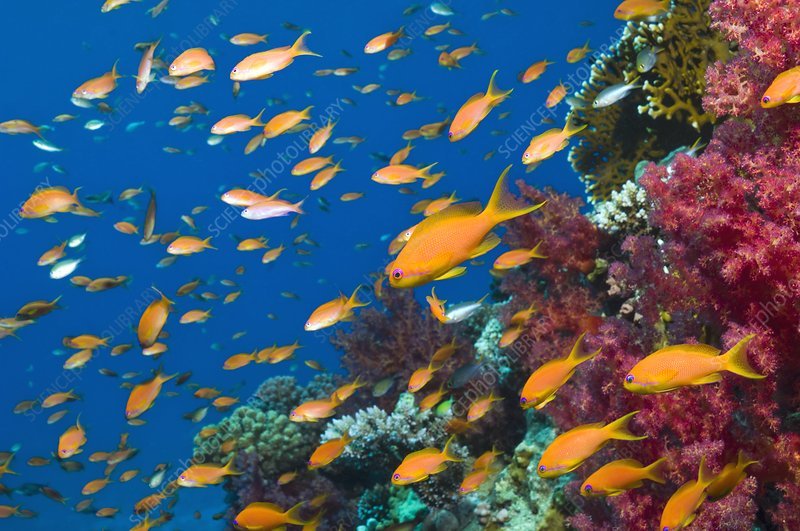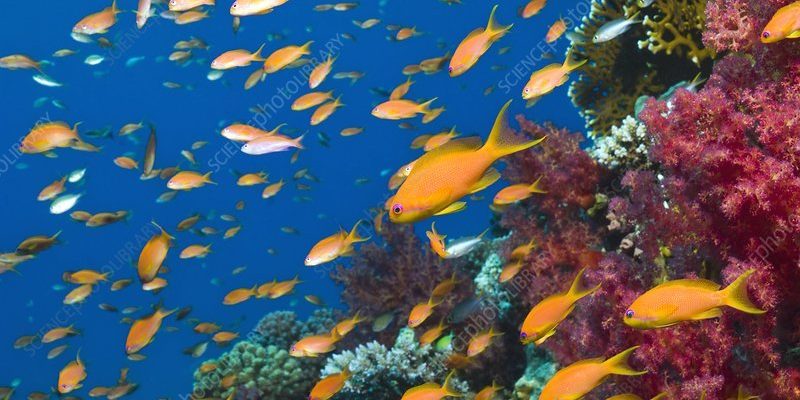
These fish are known for their beautiful hues and social nature, often found darting around the coral reefs. Just like a well-balanced diet can boost our energy and health, the right foods can bring out the best in these aquatic gems. In this article, we’ll dive into what anthias eat, how to feed them properly, and tips to keep them thriving in your aquarium.
Understanding the Diet of Anthias
You might be surprised to learn that anthias are primarily planktivores. This means they mainly feed on tiny organisms found in the water column, like zooplankton and phytoplankton. When you watch them in the wild, they gracefully swim through the water, snapping up these minuscule creatures. It’s like watching a finely tuned ballet performance, each fish expertly catching its next meal.
In your tank, however, it’s not always easy to replicate this natural feeding behavior. Instead of constantly foraging for tiny food sources, they rely on us to provide a varied diet. This is crucial for their health and longevity. Anthias thrive on a mix of high-quality pellets, flakes, and frozen or live foods, which we’ll explore in more detail below.
Types of Foods for Anthias
Now that you know anthias are planktivores, let’s break down the types of food you can offer them. Providing a diverse diet is key.
- Quality Pellets: Look for high-quality pellets designed for marine fish. These are great for daily feeding and can be easily consumed.
- Frozen Foods: Options like mysis shrimp, brine shrimp, and cyclops are fantastic choices. Just thaw them before feeding!
- Live Foods: If you’re feeling adventurous, live foods like brine shrimp can stimulate feeding and mimic their natural behavior.
- Sinking Foods: Don’t forget sinking pellets or granules that allow slower feeders to catch up during mealtime.
When it comes to feeding, variety is your best friend. Anthias can get bored with the same foods every day, just like we do. Rotating through different food types not only keeps them engaged but also ensures they’re getting the nutrients they need.
Feeding Frequency for Anthias
You might be wondering, “How often should I feed my anthias?” The answer can vary based on the species, size, and overall health of your fish, but here’s a general guideline. Anthias are frequent feeders and benefit from being fed multiple times a day.
Start off by feeding them small amounts two to three times a day. These little fish have high metabolisms, which means they burn through calories quickly. If you only feed them once a day, they might not get enough energy to thrive. Imagine having to survive on just one meal a day—it just wouldn’t cut it!
As with any fish, make sure to watch how much food is going uneaten. Overfeeding can lead to water quality issues, which can be harmful to your fish. A good rule of thumb is to feed only what they can consume in about two to three minutes.
Common Mistakes When Feeding Anthias
Feeding anthias might seem straightforward, but there are some common pitfalls to avoid. Here’s what to keep in mind:
- Overfeeding: It’s tempting to throw in a lot of food, but too much can spoil the water quality. Stick to smaller portions.
- Neglecting Variety: If you feed the same food every day, you risk nutritional deficiencies. Rotate your offerings for optimal health.
- Ignoring Water Quality: Poor water conditions can impact feeding behavior. Regularly test and maintain your tank’s parameters.
By being aware of these potential mistakes, you can create a supportive and healthy environment for your anthias. After all, happy fish make for a beautiful aquarium!
The Importance of Nutrition for Color and Growth
Feeding your anthias the right diet isn’t just about keeping them alive; it’s about enhancing their natural beauty and growth. You might notice that when anthias get a nutritious diet, their colors become even more vibrant. Just like us, a good diet can help fish feel their best.
A well-rounded diet rich in omega-3 fatty acids can also promote healthy growth. If you’re aiming for a thriving, colorful aquarium, pay close attention to what’s in your anthias’ food. Think of it as an investment in their beauty and longevity.
Feeding Tips for New Anthias Owners
If you’re new to keeping anthias, here are some practical tips to help you along the way:
- Start Slow: When introducing new foods, do it gradually. This helps avoid digestive issues.
- Observe Feeding Behavior: Watch how your fish react to different foods. Some may prefer frozen foods over pellets, and that’s perfectly normal!
- Keep Food Fresh: Always check the expiration dates on any food you buy. Fresh food is key to maintaining their health.
By following these tips, you’ll set yourself and your anthias up for success. Remember, a little patience goes a long way when caring for these delightful fish.
Final Thoughts on Feeding Anthias
Feeding anthias is a journey into the fascinating world of fish care. By understanding their dietary needs, you can create a thriving environment that not only supports their health but also brings joy to your aquarium. Remember to offer a varied diet, feed them multiple times a day, and keep an eye on water quality.
Your dedication to getting their diet right will pay off in vibrant colors and lively behavior. So enjoy the process, and don’t hesitate to experiment with different foods. Your anthias will thank you—just like your friends appreciate a well-cooked meal! Happy fish keeping!

